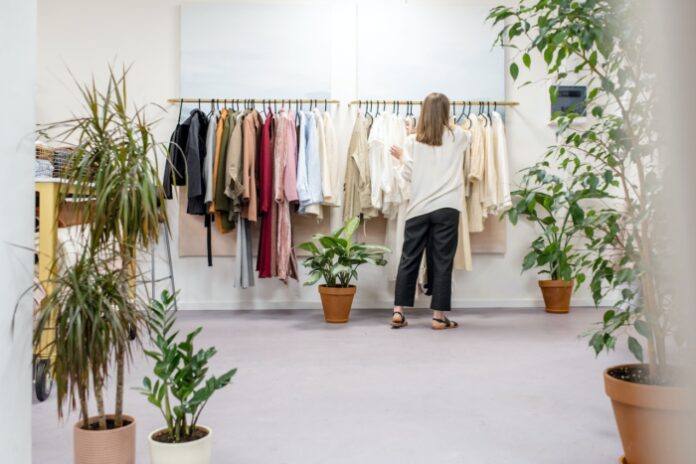When you think about challenges the fashion retail industry faces, you might consider fast-changing trends, stiff competition among rival brands, or the rise of e-commerce as high ranking concerns.
However, a more insidious issue lurks in the aisles of both large-scale department stores and small boutiques in the form of shoplifting. Theft is one factor that significantly impacts revenue for clothing retailers, yet it often flies under the radar.
Its pervasive and persistent nature means it’s worth understanding in more detail, so let’s get into the nitty gritty of how this underground activity affects not only profit margins but also overall business operations and customer experiences.
Three Eye-opening Facts About Shoplifting in the World of Fashion Retail
Understanding the magnitude and repercussions of shoplifting requires a deep dive into some shocking statistics. Here are three that might surprise you:
- The National Association for Shoplifting Prevention reports that over $13 billion worth of goods are stolen from retailers yearly, with fashion items being among the most commonly pilfered products.
- According to Shopify’s data, clothing is four times more likely to be shoplifted than any other product category.
- Lastly, as evidenced by Jack L Hayes International’s Annual Theft Survey, just 1 out of every 48 cases leads to an arrest, demonstrating how frequently this crime goes unpunished or undetected.
These staggering figures indicate a pervasive problem within the retail sector, one requiring immediate attention and strategic action, covering everything from product placement to in-store security personnel.
The Difference Between Shoplifting and Theft of Movable Property
While terms like shoplifting and theft are often used interchangeably, there’s a distinct difference on a legal level.
Shoplifting essentially means stealing merchandise from a store during business hours, subtly tucked away in purses or pockets while pretending to be an ordinary customer.
On the flip side, theft of movable property could mean stealing anything not attached to real estate, which can also encompass retail goods, but it typically happens outside traditional shopping environments.
Understanding these differences is essential when seeking legal assistance for movable property theft. Your defense strategy depends greatly upon how the infraction is classified.
How Does Shoplifting Impact a Store’s Bottom Line?
Shoplifting has an undeniable impact on retail stores’ profits. Not only are retailers losing sale opportunities when merchandise goes missing, but they also incur additional expenses related to loss prevention strategies and security enhancements. This might include higher insurance rates, increased investment in surveillance technology and staffing for loss management teams.
The cumulative effect is not just decreased operating margins but possibly inflated prices to offset losses, all of which directly affects the store’s bottom line.
Preventive Measures: How Can Retailers Combat This Costly Issue?
Combatting shoplifting requires proactive strategizing. Here’s a few measures retailers can employ:
- Investing in effective surveillance technology.
- Employee training on recognizing potential shoplifters and implementing safe interventions.
- Store layout modification to eliminate blind spots and hidden corners.
- Designing policies that encourage customer-service interaction, which may deter would-be thieves.
These strategies might require upfront investment, but should ultimately lead to long-term savings by significantly reducing instances of theft.
Wrapping Up
As we’ve learned, shoplifting has a substantial impact on fashion retailers, but with strategic prevention measures, the issue is not insurmountable.
Remember, a staggering $13 billion in retail merchandise disappears into thin air every year due to theft. While these figures are alarming, by developing and implementing robust loss-prevention strategies, it’s possible to transform retail’s future prospects for the better while bolstering customer trust.
Find a Home-Based Business to Start-Up >>> Hundreds of Business Listings.

















































